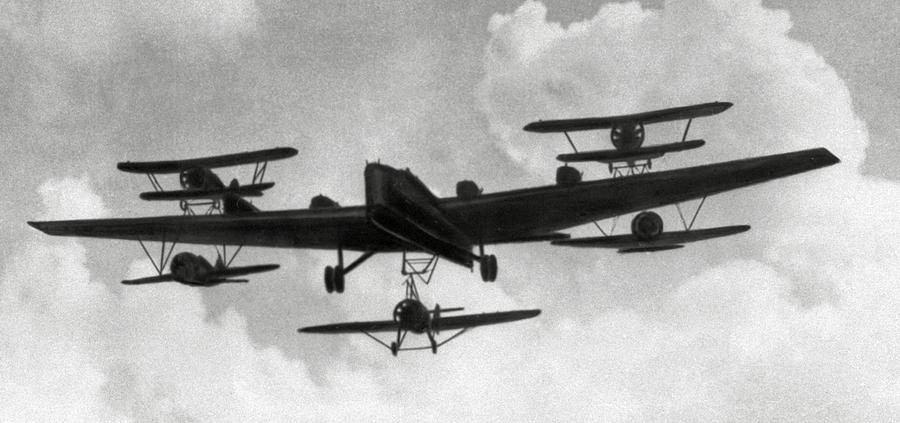I found this concept video from BAE for a drone fighter plane that could split into 3 smaller fighter planes and recombine after the mission.
It reminded me of the vector assault mode of the USS Prometheus from Voyager's "Message in a Bottle":
https://www.youtube.com/watch?v=Re29lqCEtpc
Could this concept become reality? It looks super cool but I still feel like it is pointless. Just like with the USS Prometheus, I think it would be far easier to just build 3 separate planes to begin with rather than trying to create a plane that split into pieces.
It reminded me of the vector assault mode of the USS Prometheus from Voyager's "Message in a Bottle":
https://www.youtube.com/watch?v=Re29lqCEtpc
Could this concept become reality? It looks super cool but I still feel like it is pointless. Just like with the USS Prometheus, I think it would be far easier to just build 3 separate planes to begin with rather than trying to create a plane that split into pieces.





